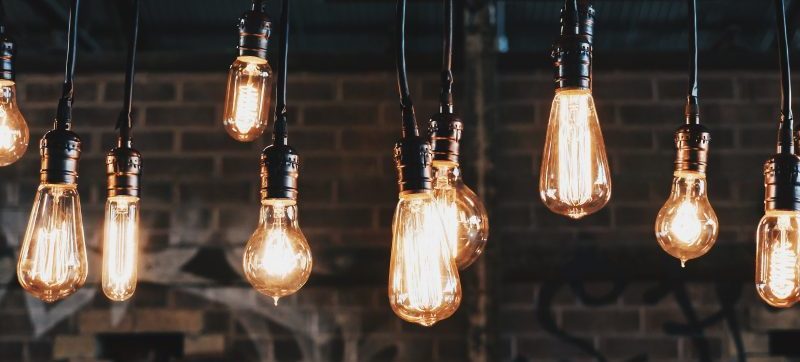When you think of a creative genius, who comes to mind? J.K. Rowling? Mozart? Beyoncé? The list goes on.
We obsess over the creativity that seems to effortlessly ooze out of these people, but we tend to lack confidence in our own creative capabilities. The default mindset usually boils down to a common sentiment: There are some people who have it, and then there’s you.
But what if you found out your notions of creativity aren’t true? What if you could actually learn how to be more creative?
That’s the case entrepreneur and author Allen Gannett made while kicking off day two of our Next Generation of Government Training Summit in Washington, D.C. Gannett is the founder and CEO of the marketing analytics service TrackMaven, which serves big-name clients such as Microsoft, Marriott, Saks Fifth Avenue, Home Depot, Aetna, Honda and GE.
He’s also the author of “The Creative Curve,” which focuses on the disciplined pursuit of creativity. In the book, Gannett makes the case that we can actually learn to be more creative. He looked at historical and scientific data and conducted field research to glean stories and insights from numerous creatives, including the founder of Reddit and the chief content officer of Netflix.
During his keynote, Gannett set the stage by saying that research does not support what he calls the inspiration theory of creativity, or the notion that creative people are just lucky enough to have aha moments that the rest of us don’t regularly have.
But the truth is these aha moments are normal biological processes. So the question becomes how can we make these aha moments happen in our lives?
Let’s start with basic science. We solve problems in two different ways: using logical processing (left side of the brain) or sudden insight (right side of the brain). Gannett compared the left side of the brain to that loud and obnoxious lab partner we had back in college who methodically figured out problems. The right side is that quiet lab partner who could stare at a problem and suddenly solve it.
The right side is where those aha moments come from, which explains why they often come when our minds are more relaxed. We might be in the shower, jogging, walking or meditating. We have to be intentional about creating the time and space for these moments.
But it’s about more than that.
“One of the most important things to having aha moments is having prior knowledge,” Gannett said. “If you want to connect the dots you have to have the dots to connect.”
When it comes to the creatives who Gannett interviewed for his book, one of the common themes he found was that consumption is extremely important. Despite their busy schedules, about 20 percent of their waking hours were spent consuming highly specialized content in their niche. They aren’t learning a lot about a little, Gannett said. Instead, they are highly specialized in their consumption, whatever that may be.
“If you want to have innovation, you have to prepare for it,” Gannett said. “You have to have the raw ingredients.”
He also highlighted these things to remember:
- The science shows us that once you have a relatively average IQ, we have creative potential. However, there is a gap between creative potential and creative genius called the threshold gap. That’s what we must work to close.
- Flashes of genius are a normal biological process with a surprising result (aha moments).
- You can have more aha moments through consumption.
Check out this link for additional coverage from NextGen.





I find this super interesting – “They aren’t learning a lot about a little, Gannett said. Instead, they are highly specialized in their consumption, whatever that may be.” You can’t be specialized in everything!
This was an awesome keynote. I really liked the consumption aspect as a means of gaining more prior knowledge. One thing I’ve started doing lately is signing up for newsletters in the topics I want to be more well-read in so that new content is regularly pushed to my inbox.
[…] How to Create Intentional Innovation: TrackMaven CEO, Allen Gannet explored our existing notions of creativity but also shared his thoughts on how we can all learn to harness our creativity and even cultivate it, rather than just waiting for it to happen. […]